which of the following reactions of alkanols does not involve c-O bond breadking ?
CH3CH2OH+SOCl2
CH3CH(OH)CH3+PBr3
CH3CH2OH+CH3COOH
ROH +HX
The correct Answer is:C
To determine which reaction of alkanols does not involve the breaking of the carbon-oxygen (C-O) bond, we will analyze each reaction step by step.
Step 1: Analyze the First Reaction
The first reaction involves CH3CH2OH (ethanol) reacting with SOCl2 (thionyl chloride).
- In this reaction, the lone pair of electrons on the oxygen of the alcohol attacks the electrophilic sulfur atom in SOCl2.
- This leads to the formation of an intermediate where the C-O bond is broken as the hydroxyl group (OH) is replaced by a chlorine atom (Cl).
- Therefore, this reaction involves C-O bond breaking.
Hint: Look for the replacement of the hydroxyl group in reactions involving thionyl chloride.
Step 2: Analyze the Second Reaction
The second reaction involves CH3CH(OH)CH3 (isopropanol) reacting with PBr3 (phosphorus tribromide).
- Here, the hydroxyl group (OH) is replaced by a bromine atom (Br).
- This also results in the breaking of the C-O bond as the OH group is substituted.
- Thus, this reaction also involves C-O bond breaking.
Hint: Substitution reactions typically involve breaking the C-O bond when replacing the hydroxyl group.
Step 3: Analyze the Third Reaction (Esterification)
The third reaction is an esterification reaction where a carboxylic acid (CH3C(=O)OH) reacts with an alcohol (CH3CH2OH) in the presence of concentrated H2SO4.
- In this reaction, the concentrated H2SO4 acts as a dehydrating agent.
- The bond between the oxygen and hydrogen (O-H) of the alcohol is broken to form water, but the C-O bond remains intact.
- Therefore, this reaction does not involve C-O bond breaking.
Hint: Look for reactions that form water as a byproduct; they may not involve C-O bond breaking.
Step 4: Analyze the Fourth Reaction
The fourth reaction involves an alcohol reacting with an acid (HX).
- In this case, the alcohol donates its lone pair to the proton (H+) from the acid, forming an oxonium ion (R-OH2+).
- To stabilize the positive charge, the C-O bond is broken, leading to the formation of a carbocation and the release of water.
- Hence, this reaction involves C-O bond breaking.
Hint: Protonation of alcohols typically leads to C-O bond cleavage.
Conclusion
After analyzing all four reactions, we find that the only reaction that does not involve the breaking of the C-O bond is the third reaction (esterification).
Final Answer
The reaction of esterification does not involve C-O bond breaking.
The first reaction involves CH3CH2OH (ethanol) reacting with SOCl2 (thionyl chloride).
- This leads to the formation of an intermediate where the C-O bond is broken as the hydroxyl group (OH) is replaced by a chlorine atom (Cl).
- Therefore, this reaction involves C-O bond breaking.
The second reaction involves CH3CH(OH)CH3 (isopropanol) reacting with PBr3 (phosphorus tribromide).
- This also results in the breaking of the C-O bond as the OH group is substituted.
- Thus, this reaction also involves C-O bond breaking.
The third reaction is an esterification reaction where a carboxylic acid (CH3C(=O)OH) reacts with an alcohol (CH3CH2OH) in the presence of concentrated H2SO4.
- The bond between the oxygen and hydrogen (O-H) of the alcohol is broken to form water, but the C-O bond remains intact.
- Therefore, this reaction does not involve C-O bond breaking.
The fourth reaction involves an alcohol reacting with an acid (HX).
- To stabilize the positive charge, the C-O bond is broken, leading to the formation of a carbocation and the release of water.
- Hence, this reaction involves C-O bond breaking.
After analyzing all four reactions, we find that the only reaction that does not involve the breaking of the C-O bond is the third reaction (esterification).
The reaction of esterification does not involve C-O bond breaking.
Topper's Solved these Questions
- ALCOHOLS, PHENOLS & ETHERSBOOK - VMC MODULES ENGLISHCHAPTER - ALCOHOLS, PHENOLS & ETHERSEXERCISE - Impeccable
100 Videos
- ALCOHOLS, PHENOLS & ETHERSBOOK - VMC MODULES ENGLISHCHAPTER - ALCOHOLS, PHENOLS & ETHERSEXERCISE - Enable
100 Videos
- ALCOHOLS, PHENOLS & ETHERS BOOK - VMC MODULES ENGLISHCHAPTER - ALCOHOLS, PHENOLS & ETHERS EXERCISE - IN-CHAPTER EXERCISE - L
10 Videos
- ALDEHYDES,KETONES & CARBOXYLIC ACIDS BOOK - VMC MODULES ENGLISHCHAPTER - ALDEHYDES,KETONES & CARBOXYLIC ACIDS EXERCISE - IN-CHAPTER EXERCISE-M
10 Videos
Similar Questions
Knowledge Check
Which of the following reactions does not occur ?
A B
B C
C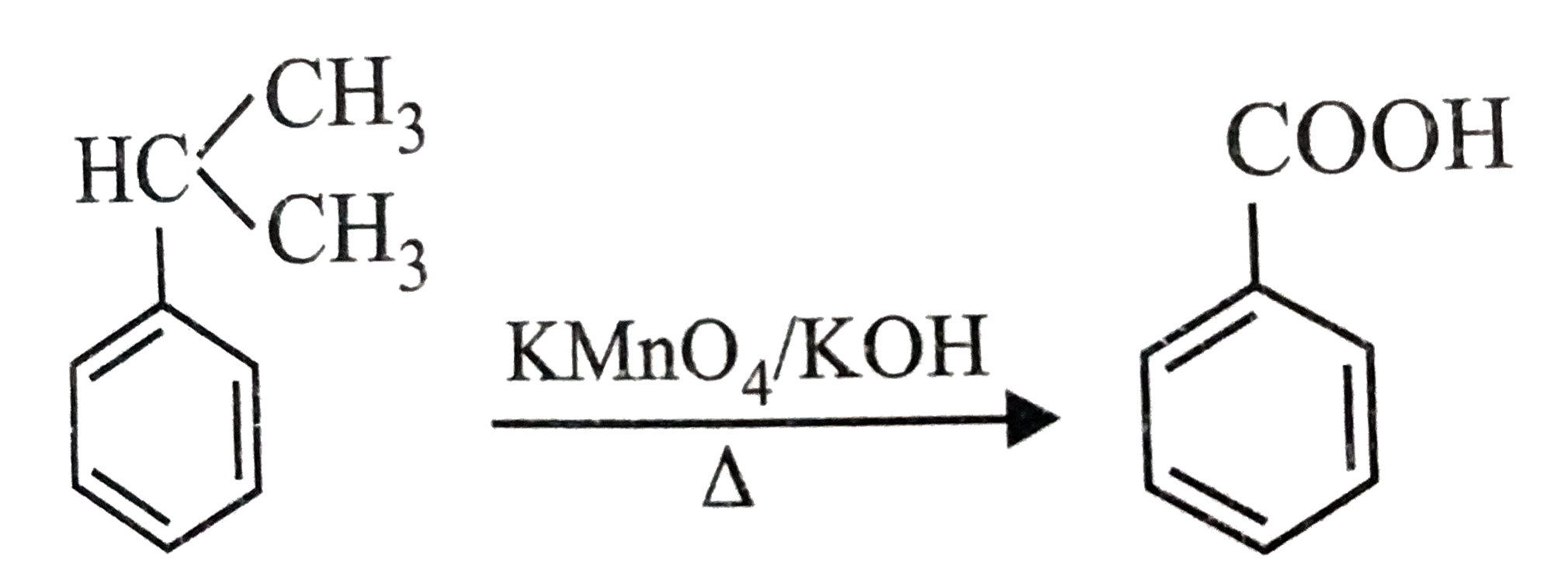 D
D
Which of the following reactions does not involve decarboxylation?
ACH3COOAg+Br2CCl4−−−−−→ΔB C
C D
D
Which of the following reactions involve rearrangement?
A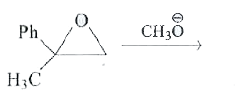 B
B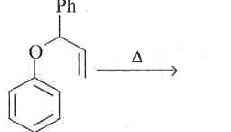 C
C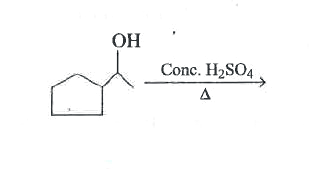 D
D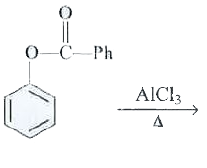
Which of the following reactions does not involve either oxidation or reduction ?
View SolutionIn which of the following reactions of alcohol there is no cleavage of C-O bond ?
View SolutionWhich of the following reaction mechanism doe not involves carbocation as an intermediate ?
View SolutionWhich of the following reaction is not involved in corrosion of iron?
View SolutionWhich one of the following reactions does not involve either oxidation ore reduction ?
View Solution
